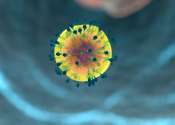Synthetic biology circuits can respond within seconds
Synthetic biology offers a way to engineer cells to perform novel functions, such as glowing with fluorescent light when they detect a certain chemical. Usually, this is done by altering cells so they express genes that can ...









